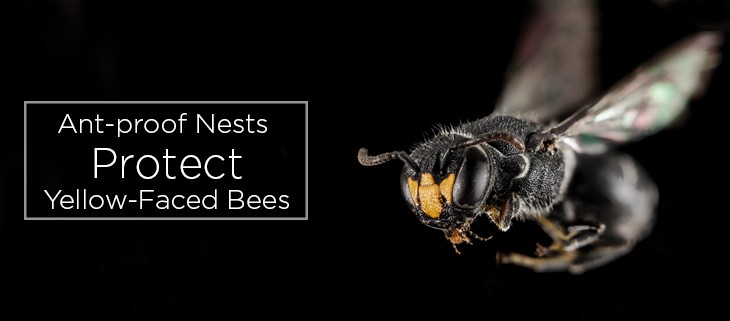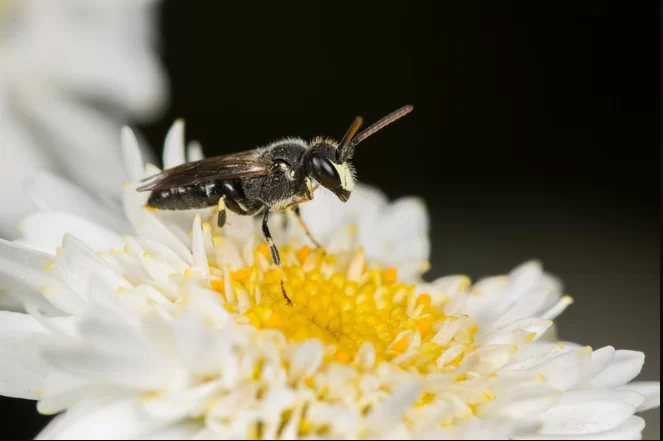May 19, 2025
UNOC 3 Position Paper
Read our position paper on The 3rd United Nations Ocean Conference (UNOC 3) to see why we're attending and what we aim to accomplish!
We use cookies to help you navigate efficiently and perform certain functions. You will find detailed information about all cookies under each consent category below.
The cookies that are categorized as "Necessary" are stored on your browser as they are essential for enabling the basic functionalities of the site. ...
Necessary cookies are required to enable the basic features of this site, such as providing secure log-in or adjusting your consent preferences. These cookies do not store any personally identifiable data.
Functional cookies help perform certain functionalities like sharing the content of the website on social media platforms, collecting feedback, and other third-party features.
Analytical cookies are used to understand how visitors interact with the website. These cookies help provide information on metrics such as the number of visitors, bounce rate, traffic source, etc.
Performance cookies are used to understand and analyze the key performance indexes of the website which helps in delivering a better user experience for the visitors.
Advertisement cookies are used to provide visitors with customized advertisements based on the pages you visited previously and to analyze the effectiveness of the ad campaigns.

In 2016, seven of Hawaii’s sixty species of Yellow-faced Bees (genus Hylaeus) were added to the Endangered Species List. The bees are primary pollinators of the abundant Hawaiian Naupaka shrub. The decreasing population can most likely be attributed to nest disruption from invasive ants.
Little is known about the mating rituals of the Yellow-faced Bees of Hawaii. Jason Graham, an entomologist at the University of Hawaii, is currently researching a particular Hawaiian Yellow-faced Bee species, H. anthracinus. Graham has combined efforts with the U.S. Fish and Wildlife Service Pacific Islands Coastal Program Coordinator Sheldon Plentovich, to observe the reproductive habits of the bees. Plentovich commented:
There’s virtually nothing known about the mating behaviors of yellow-faced bees.
A typical Yellow-faced Bee rendezvous may look something like this:
A stationary female is swarmed by a cloud of male bees, each eagerly soliciting approval by poking the female. Eventually one male suitor will begin tapping his antennae with the female’s antennae, after which the pair intimately engage. This exchange can last anywhere from 5 seconds to 20 minutes. The function of the bees’ unusual behavior remains unclear.

The invasive Little Fire Ants have extended their painful bites onto locals and wildlife alike across the Hawaiian Islands. Their presence in Hawaii has become especially detrimental for the Yellow-faced Bees. In addition to biting the bees, they rummage through their nesting sites, destroying the eggs. Unlike other species, a female Yellow-Faced Bee will only deposit one egg in their nest. Although this mechanism is energetically effective for the female, it makes the species incredibly susceptible to population decline. Graham noted:
That is one of the reasons why solitary bees tend to be more threatened than social bees, which lay tons of eggs.
Between the physical strain from the ants, and the reproductive rate of the bees, the endangered status of Yellow-faced Bees is not surprising.

Graham and Plentovich utilized their observations to administer effective conservation. Graham has developed artificial nests covered in a sticky material that prevent fire ants from interfering with the eggs. These nests have proven effective, and female Yellow-faced Bees have been successfully inhabiting them throughout Hawaii.
Featured photo: Credit: Hylaeus. USGS Bee inventory
Source: Live Science
Check out other journal entries we think you might be interested in.
Notifications